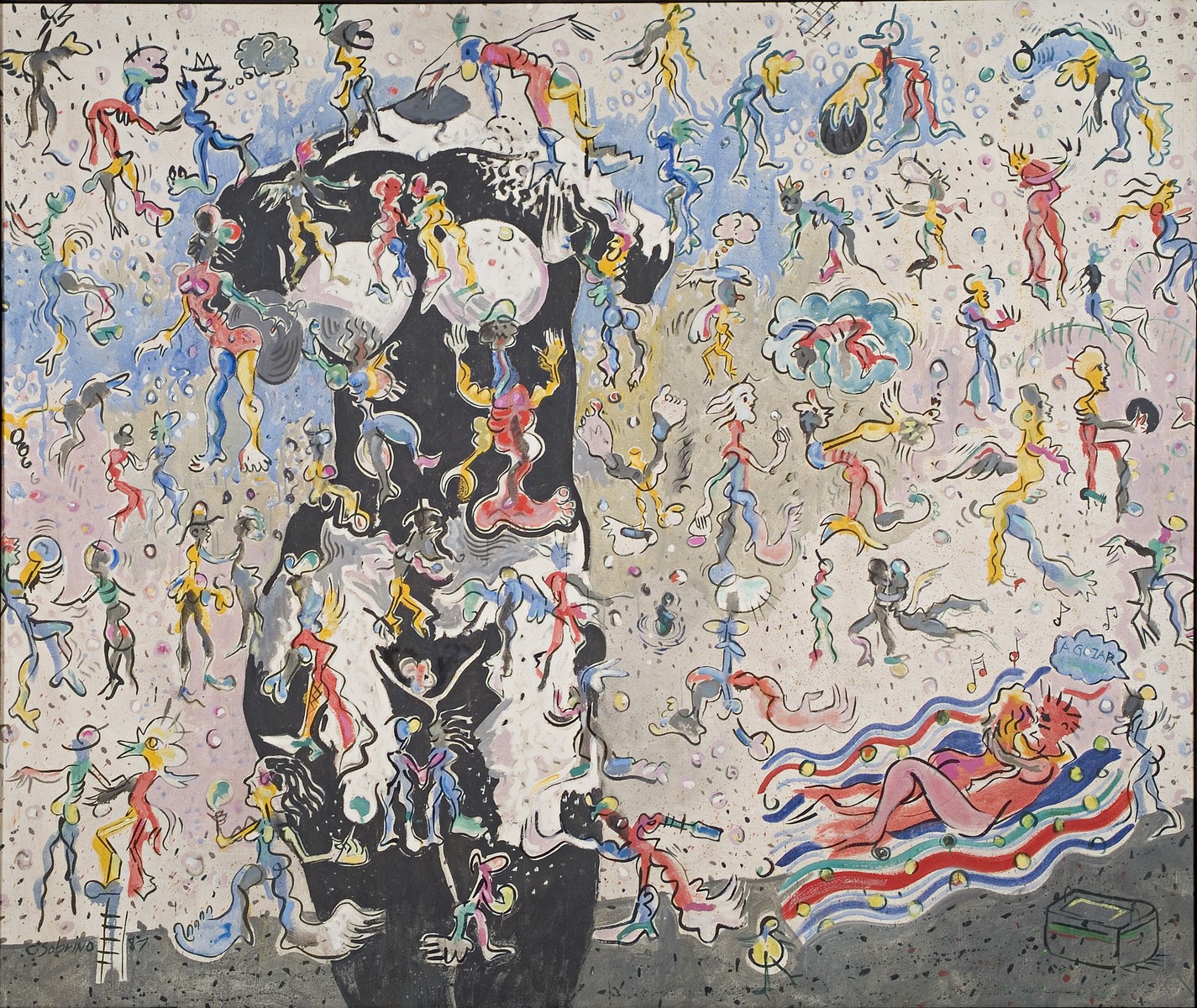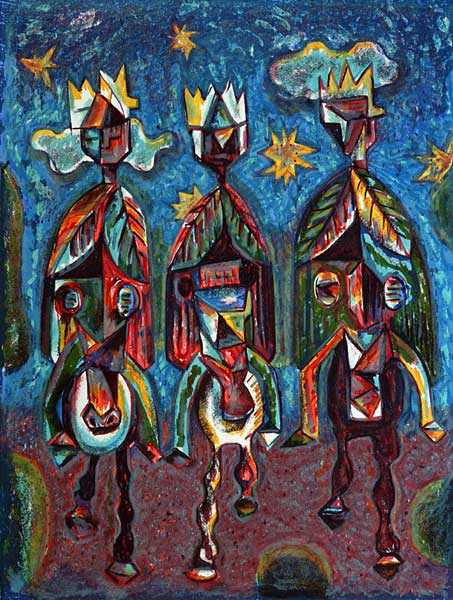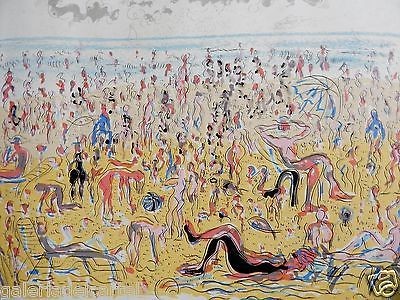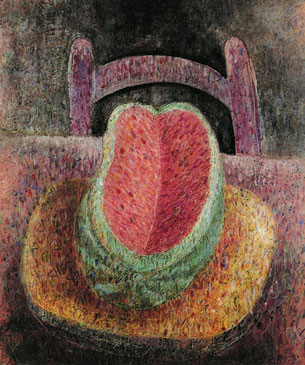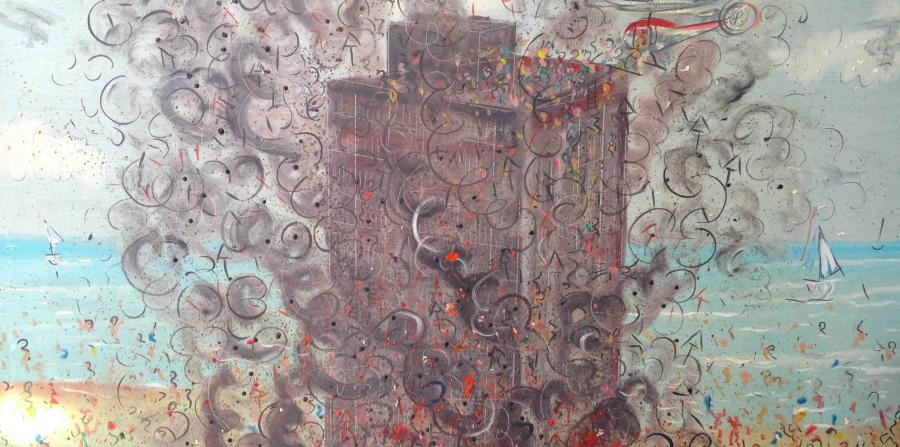San Juan Harbor Museum
51 Pelayo St, Puerta De Tierra, Puerto Rico
Harbor communities around the world play an integral role in the cultural legacy of their nations. Throughout history they have been the connection of the local community to the global community. That legacy must not be lost during this period of dramatic change for Puerto Rico. Puerta de Tierra’s harbor community is in transition. In the wake of near devastation it is entering a new era of economic, cultural and artistic growth and has recently been designated as a Unesco World Heritage Site.
Puerta de Tierra means "terrestrial door." The San Juan Harbor Museum serves as a landmark of this community: a first point of entry for visitors from around the world to see our local culture, history, architecture, music and art.
Esteban Figueroa, 2009
Exhibiting Puerto Rico's Masters, Past, Present and Future
The museum will feature rotating exhibitions of Puerto Rico's most important artists. Our first featured exhibition is a retrospective of Puerto Rican born painter Carmelo Sobrino, whose dedication to the community has made him an important figure for Puerta de Tierra.
Future exhibitions will be curated by the Villa Carmen Board of Directors to focus on domestic and international artists who are developing works at the intersection of art and community engagement.
A Time Capsule to Preserve our Heritage
The San Juan Harbor Museum works hand in hand with the residents of Puerta De Tirera to preserve the tapestry of our cultural legacy. Families and organizations from the area contribute unique artifacts and antiques to capture the turn of the century era, and immortalize pieces of their family history.
Villa Carmen itself is a landmark building, which captures a particular and short-lived time in Puerto Rico's architectural history. Built in 1932, its construction utilized the new material of its day, concrete, to capture the French neo-colonial style. The result is a standing monument to this unique time period, giving us a window into a world in transition.
Original restored Italian tiles, 1923
Featured Artist:
Carmelo Sobrino
Carmelo Sobrino was born in Manatí in 1948, son of Doña Trinidad Arroyo and Don Carmelo Martínez. Upon the death of his father, Sobrino went to live with his grandparents in the country. Here he discovered art for the first time in the crafts and work of his elders, who made musical instruments and wood carvings. He attended the Escuela Vocacional Miguel Such in Arecibo, where he studied construction drawing. His first formal art teacher was Don Oscar Colón Delgado in Hatillo. Later, in the '60s, he studied painting, sculpture, stained glass and graphics with great masters such as Fran Cervoni, Carlos Raquel Rivera, Rafael Tufiño and Augusto Marín, among others, in the School of Plastic Arts of the Puerto Rico Institute of Culture. Read more...
Upcoming Installation:
Altares De Purgatorio
Designed by artist in residence Esteban Figueroa, this installation explores how art can affect the cultural narrative of our society. Thirty years ago a project was introduced to the prison system of Puerto Rico to teach inmates how to weave grasshoppers and small animals out of palm leaves. By providing these skills, released inmates had tools to make ends meet.
Over the years, former inmates would sell crosses and animals on Palm Sunday, which have since become iconic symbols of the Catholic holidays in Puerto Rico. These grasshoppers are symbolic of transition and transformation and how our institutions and communities interact with on another. This installation will retrofit the entire building of Villa Carmen with a swarm of these grasshoppers, which move in the wind and appear to eat the structure like a swarm. The symbolism plays with our society's perception of the prison population.




